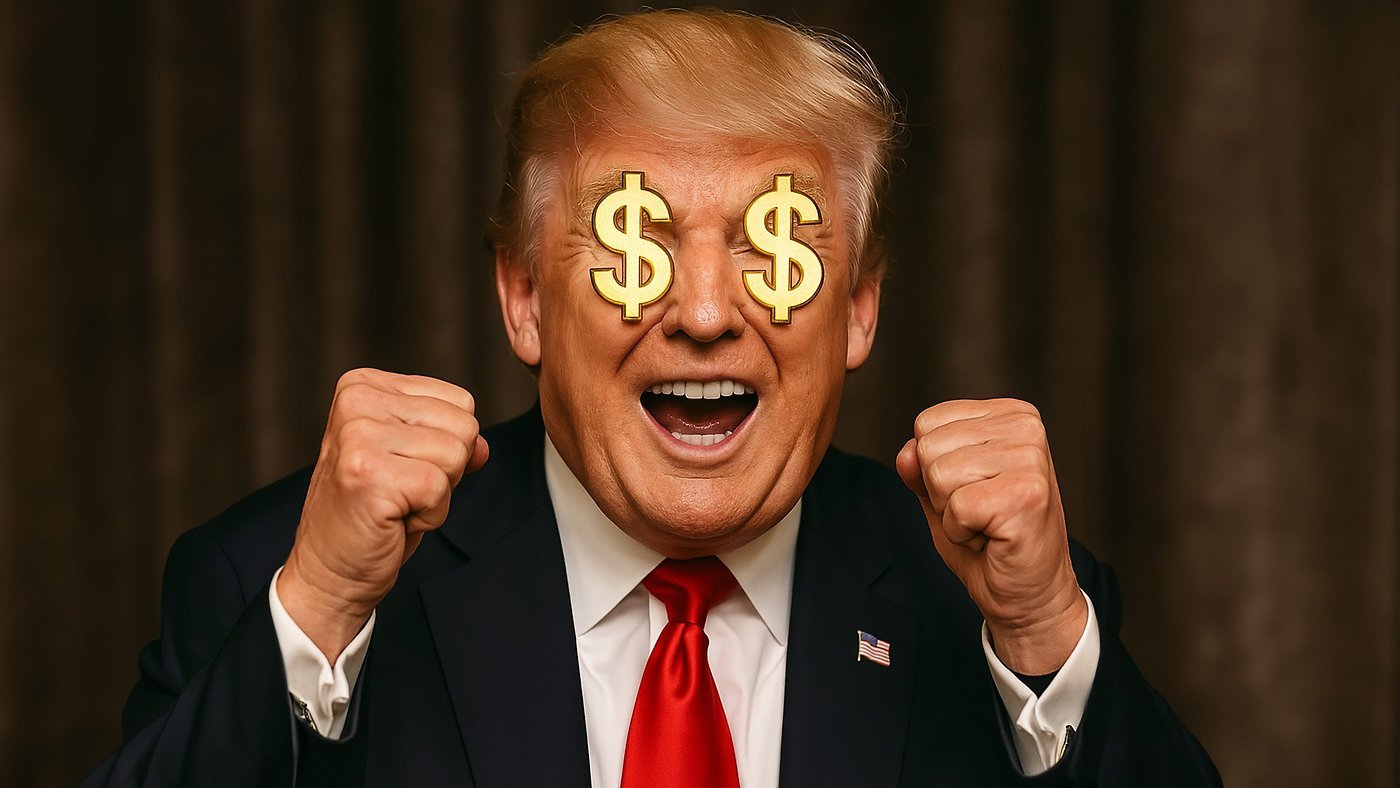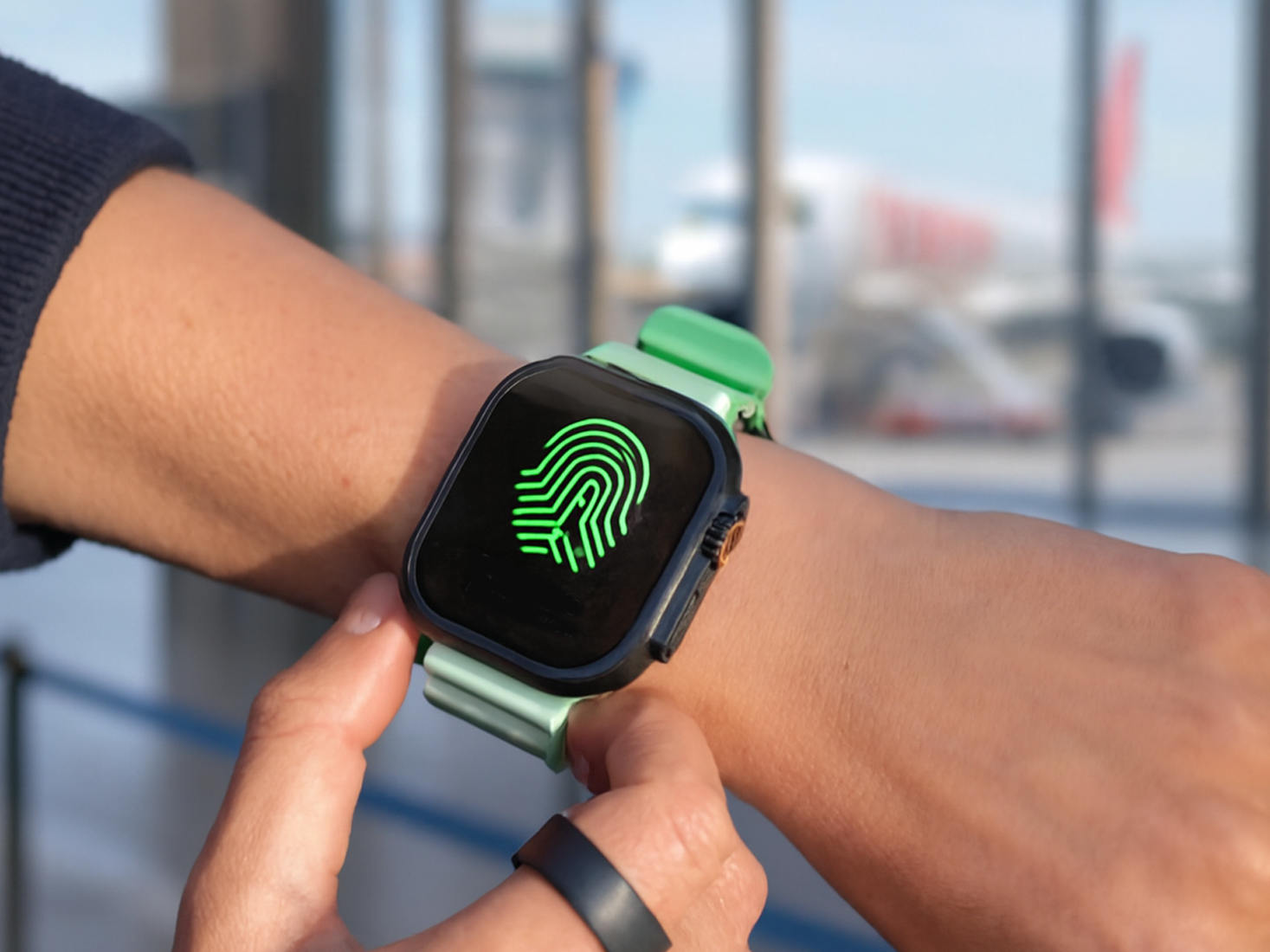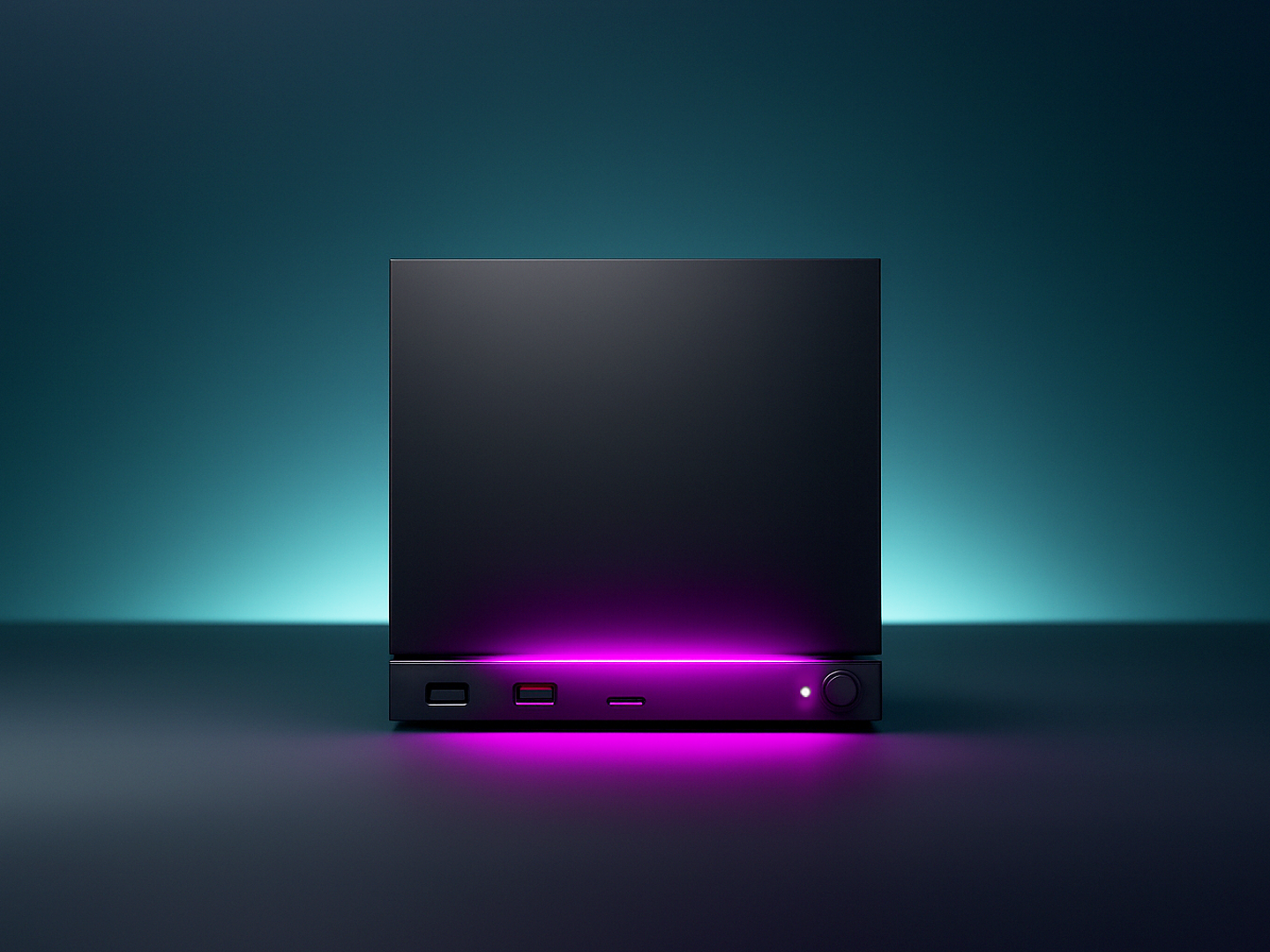
First things first: nextpit is neither a political nor an economic outlet, and I’m certainly far from being an expert in global economics or international trade. However, it’s important to recognize that the president’s decisions in the U.S. can have significant consequences for all of us—whether we live in Europe, the U.S., or anywhere else on the planet.
Trump’s New Tariffs: What It’s All About
Let’s dive into the topic and quickly summarize what was set in motion yesterday in the White House Rose Garden by Donald Trump.
Last night, U.S. President Donald Trump announced a sweeping new tariff package, calling it a “day of liberation” for the American economy. At the center of this move is a universal base tariff of 10 percent on all imports into the U.S., supplemented by country-specific punitive tariffs—about 20 percent on goods from the EU, 34 percent on Chinese products, and 32 percent on imports from Taiwan. You can check out the full list at The Guardian’s.
And yes, even the Antarctic territory of the Heard and McDonald Islands is subject to the new punitive tariffs. How many people live there? Exactly zero. So apparently, the penguins will be footing the bill.
Trump claimed that the U.S. has been exploited for years through unfair trade practices, and that these tariffs are necessary to protect American businesses, bring back jobs, and reduce the trade deficit. Other sectors—such as automobiles, electronics, and pharmaceuticals—could also be hit with higher tariffs in the near future. That said, Trump didn’t explain how he arrived at any of the specific percentages. His “economic wisdom” remained, let’s say, unshared.
The orange-tinted president summed it up simply: “We’re now doing to other countries what they’ve been doing to us for years.” But it’s not just about the actual tariffs. The U.S. government has also factored in things like subsidies, strict import regulations, intellectual property theft, and currency manipulation. So, from an outside perspective, it’s nearly impossible to understand how the administration came up with a number like 39% for the EU, for example.
As I write this, experts across the EU—and surely in other parts of the world—are meeting with their governments. It’s only a matter of time before they pull out the appropriate, and likely long-prepared, countermeasures. That’s the unfortunate reality of a trade war.
If you’d like a broader overview of the situation, take a look at The Guardian or Politico.
You Don’t Live in the USA? Too Bad—You’ve Lost!
So, what does all this mean for the rest of us? Let me walk you through three quick examples. First, let’s take a look at markets outside the U.S. Let’s just assume that the natural response to Trump’s tariffs will be appropriately hefty counter-tariffs. What would that mean if you’re planning to buy, say, an iPhone 16 Pro, a Tesla Model 3, or a Dell XPS 13 in the near future?
Keep in mind: I’m calculating this from a European Union perspective. If you live elsewhere, you’ll need to check what kind of customs duties apply in your country. For the sake of this example, we’re assuming that Trump’s new measures trigger a 20% counter-tariff on U.S. goods:
| Product | RRP | Approximate new price |
|---|---|---|
| Apple iPhone 16 Pro | €1.199 | approx. €1.439 |
| Tesla Model 3 | €39.999 | approx. €47.999 |
| Dell XPS 13 | €1.499 | approx. €1,799 |
- The current iPhone 16 Pro (see our review) would go up by 20%. Based on the current RRP, that means a new price of €1,439—a painful €240 extra just for politics.
- A Tesla Model 3? You’re looking at a bump of €8,000. Not exactly a small change.
- Even the most affordable Dell XPS 13 with a Snapdragon chip would now come in at around €1,800, thanks to an added €300.
So yeah—whether you’re team iPhone, into EVs, or just need a good laptop, your wallet’s going to feel the heat if this trade war escalates.
You Live in the USA? Too Bad—You’ve Lost!
But what if you do live in the USA? “America First” is the slogan, and Trump claims these tariffs are meant to save U.S. citizens loads of money. Sounds good, right? Sure—at least in Trump’s dream world, where every global company suddenly packs up, skips happily to the U.S., and builds a factory on every corner.
Unfortunately, reality isn’t quite so magical.
As I mentioned earlier, these tariffs are likely to provoke counter-tariffs. And since not every manufacturer is going to shift production to the U.S. overnight (or ever), Trump’s tariffs will still hit products imported from Asia, Europe, and beyond. Take the BMW 3 Series, for example: currently available in the U.S. starting at $47,125. Add a 20% punitive tariff, and you’re looking at $56,550—that’s an extra $9,425 just for trying to buy a car.
Let go of the fantasy that manufacturers will suddenly relocate everything to the U.S.—and please don’t assume companies will just absorb the extra cost out of the kindness of their hearts. Spoiler: they won’t.

Still feeling safe because you’re a patriot who only buys American-made products? I hate to break it to you, but even the beloved iPhone is far from “Made in the USA.” Straight from Apple’s own website:
Thousands of companies and millions of people in more than 50 countries are part of our supply chain, contributing their skills, talents and dedication to make, deliver, repair and recycle our products.
Yep—50 countries help supply raw materials, build components, and assemble your iPhone. So no, the current price tags aren’t sticking around. China alone is facing a 34% tariff, and Vietnam—key to production of MacBooks, AirPods, and more—is being slapped with a whopping 46%.
And for all non-Americans reading this: if U.S. prices go up, your prices go up even more, once counter-tariffs are added on top. So no, the iPhone 16 Pro won’t just cost €240 more—it’ll be even pricier.
Hooray.
There Are (Almost) No Winners
I said it at the start—I’m no economics expert. But hey, I can read. And right now, I’m watching Apple’s stock tumble nearly 10%, with companies like Nike and Amazon not far behind. So no, this isn’t just about a few products getting more expensive. A tariff-triggered trade war like this can send shockwaves through the global markets.
But wait—if big-name stocks are dipping, someone must be making the most of it, right? Exactly. While the rest of us brace for higher prices, billionaires are scooping up shares at a discount and, in the long run, profiting from the chaos. It’s great—for them.
Meanwhile, the same politicians still selling us the tired fairytale of the “trickle-down effect” are now helping make life even more expensive for ordinary people. While we’re counting coins, the ultrarich are counting their growing fortunes.
Why am I telling you all this? So next time you’re saving up to treat yourself to a new iPhone, you know exactly who’s behind the price hike. Spoiler: it’s not your government, it’s not refugees, and nope—it’s not Apple either.
The real culprit is sitting in the White House.
Editor’s note: nextpit is headquartered in Berlin, Germany. As a tech website covering both the U.S. and European markets, we wanted to explore Trump’s tariffs from an EU perspective as well.






